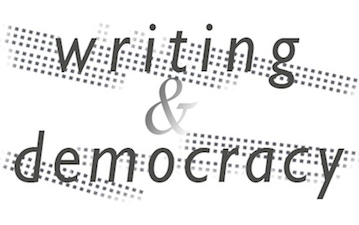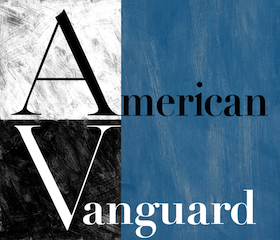Reflection: In the Fields of Light / Luis Jaramillo
When we interview TA applicants for the Riggio program we ask applicants to teach a ten minute close reading lesson on a short piece of text. We (usually Laura Cronk, a current TA, and I) pretend to be undergraduate students. There are many ways for the lesson to go badly—the applicant lectures us rather than asking questions, the applicant declines to bring copies for us to mark up, the applicant tries to cram a discussion of a 20-page short story into the allotted time, the applicant tries to lead us into one particular reading, or the applicant gets a little snippy with one of us. These mistakes bring out the bad student in me. I feel bored, or angry, I want to be contrary, or, maybe worst of all, my mind just leaves the room; I make to do lists, I worry about an discussion from earlier in the day, or I have a fit of hypochondria.
This is why it’s such a relief when a close reading lesson goes well. When someone teaches us how to look at language and what to look for, everything else falls away—our anxieties, nervousness, discomfort, and even the fact of the awkward situation we’ve all put ourselves in. All that’s left is the text.
A teacher is someone who is able to focus the mind of the student on one object, and that kind of concentration yields immediate results. Understanding comes bit by bit, and it helps when there is a classroom of students tasked with providing whatever information they have available. We all have different associations and knowledge about words, syntax, and allusions. We notice and can analyze patterns in different ways, and we bring with us knowledge about vastly disparate subjects. If all contributions are valued, students of different abilities and interests can participate equally. And in a classroom characterized by openness and attention, this shared knowledge inevitably leads to a deeper understanding of a text for everyone in the room. But it’s not just the understanding that’s valuable.
One of the founding books of the program is Rueben Brower’s The Fields of Light. The title comes from the preface to Henry James’s The Golden Bowl, an essay made up of sentences jammed with clauses, asides, and seeming non sequiturs. It is not possible to skim, making it the perfect kind of thing to close read. James writes about art and how one role of the artist is to capture “the how and the whence and the why [the] intenser lights of experience come into being and insist on shining.”
Close reading leads to these fields of light, where reader and writer come together outside of time.
Luis Jaramillo is the author of The Doctor’s Wife, winner of the Dzanc Books Short Story Collection Contest, an Oprah Book of the Week, and one of NPR’s Best Books of 2012. Luis’s work has also appeared in Open City, Gamers (Soft Skull Press), Tin House Magazine, H.O.W. Journal, and Red Line Blues. He is the Associate Chair of the Writing Program at the New School, where he oversees the undergraduate curriculum and the Riggio Honors Program: Writing & Democracy, teaches courses in fiction and nonfiction, and is co-editor of the journal The Inquisitive Eater: New School Food. He received an undergraduate degree from Stanford and an MFA from The New School.



